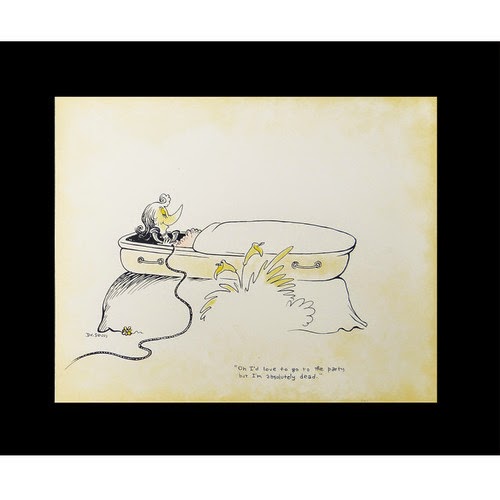 |
|
The Heart of the Andes, 1858, Frederic Edwin Church. It is useless to imagine this painting from a photo; it has to be seen. You can do that at the Metropolitan Museum in New York.
|
There’s a Humboldt Street in Rochester, a Humboldt Parkway in Buffalo, and various fixtures named Humboldt across our country. I had the vague idea that he was a famous explorer, but last week it clicked that he was the fellow whose work inspired Frederic Church’s The Heart of the Andes.
Alexander von Humboldt was the last of that breed of brilliant scientific generalists, largely self-taught, who contributed so much to the world’s knowledge of botany and geography. Between 1799 and 1804, he traveled throughout South America, exploring and describing it in scientific terms.
Humboldt is the first person to have realized that the coasts of South America and Africa dovetail, and he proposed the idea that they might have once been joined. He noted that volcanoes fall in linear chains and demonstrated the fallacy of the idea that rocks were formed from the world’s oceans. He laid the foundations of modern geography and meteorology. In his spare time, he surveyed Cuba and stopped to visit President Thomas Jefferson at the White House.
 |
|
Self-portrait, 1815, Alexander von Humboldt. Gentlemen-scientists once knew how to draw.
|
Humboldt saw the physical world as a unified system and the physical sciences as interlinked. He understood that botany was dependent on biology, meteorology, and geology. To prove that required the time-consuming analysis of the data he’d collected in South America. This took him 21 years and he never felt it was complete, but it changed the way we see the world.
He expected artists to play a part in the collection of natural data, by accurately portraying the landscape. Humboldt recognized landscape painting—then in its own infancy—as among the highest expressions of love of nature.
Enter the brilliant American painter and entrepreneur, Frederic Edwin Church. In 1853 and 1859, Church traveled to South America to replicate Humboldt’s journeys. While Humboldt had used family money to finance his explorations, Church enlisted an American financier, Cyrus West Field, who wanted to encourage investment in his South American ventures.
 |
|
Isothermal chart of the world, cartographer William Channing Woodbridge, made using Humboldt’s data.
|
The Heart of the Andes is a composite of South American topography and botany. Its monumental scale and detail can’t be appreciated through photographs; you really need to go to New York to see it in person.
But that was pre-Civil War America, where there wasn’t even a decent railroad system. The painting went on tour, visiting seven American cities and London. At its opening in New York (April 29 to May 23, 1859) 12,000 people paid a quarter apiece to see it. People swooned. It was the talk of the town.
 |
|
Geography of Plants in the Tropics, 1805, Alexander von Humboldt and A.G. Bonpland.
|
At the end of its tour, Church sold the painting for $10,000—at the time, the highest price ever paid for a work by a living American artist.
Both Humboldt and Church were famous in their day. A world that reveres science and art is a world that is well-read, disciplined, and thoughtful. Compare that to our current fascination with the Kardashians, and you might get the idea that we’re in trouble.
Let me know if you’re interested in painting with me on the Schoodic Peninsula in beautiful Acadia National Park in 2015 or Rochester at any time. Click here for more information on my Maine workshops! Download a brochure here.












































